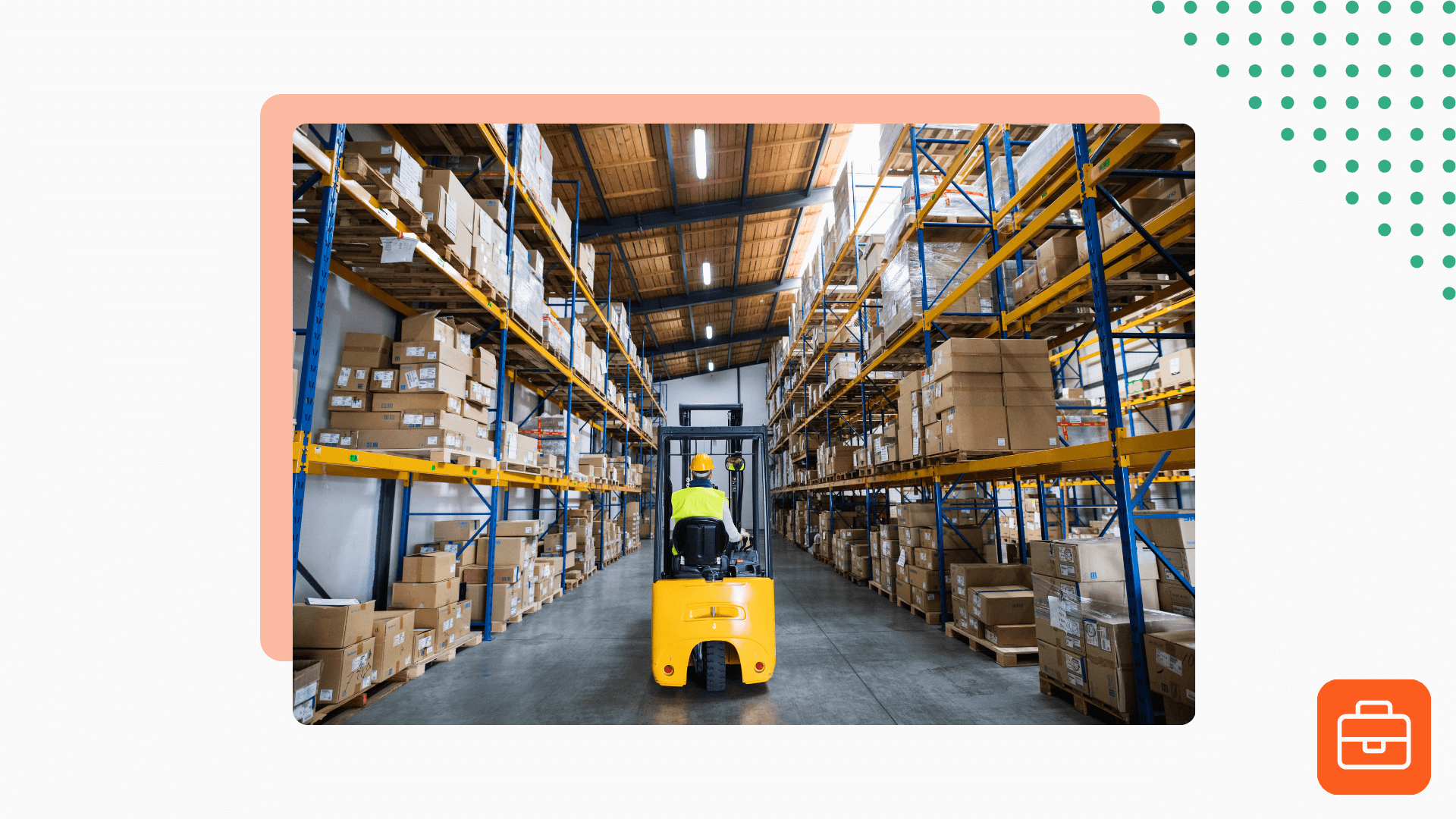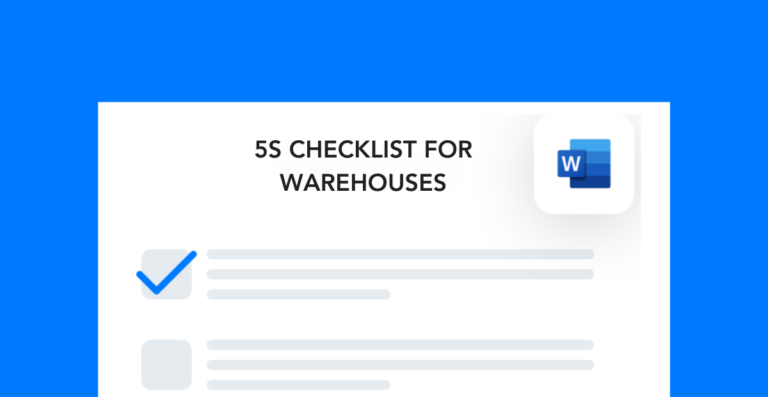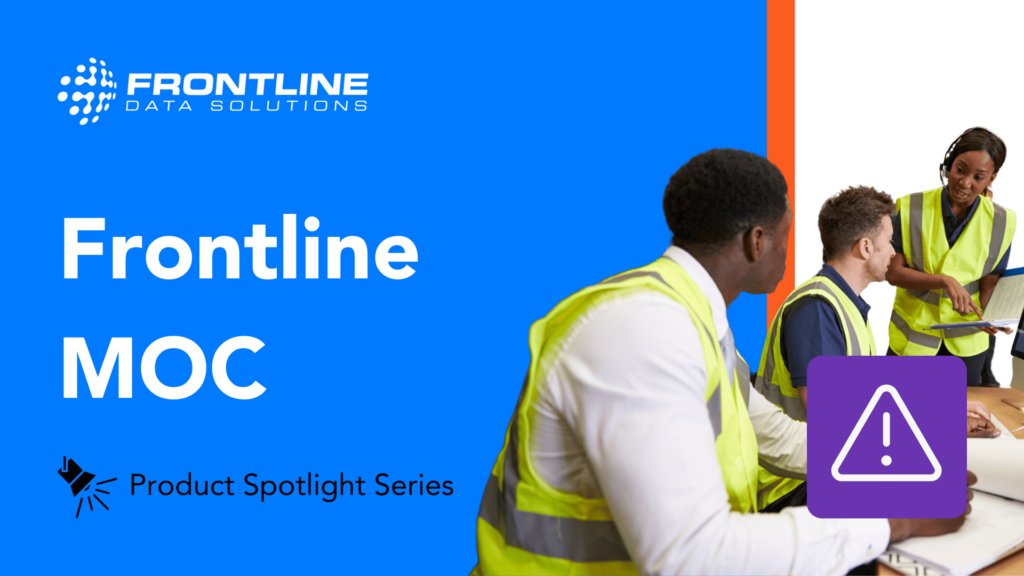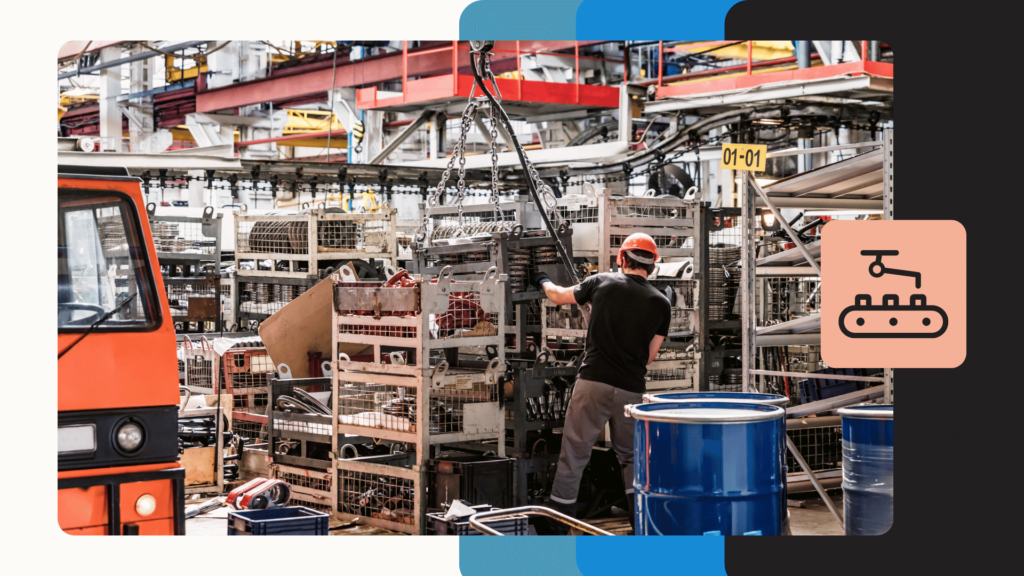Since 2012, the total number of warehouse workers has increased by more than 250%. And with larger operations comes more chances for workplace injuries, illnesses, and fatalities.
The best way to prevent these incidents is to eliminate hazards before they become an issue. Positive reinforcement of safe work behaviors through regular reminders is a great way to do this.
Whether you work in EHS or operations, you and your team can benefit from the warehouse safety tips outlined in this guide.
Safety tips for warehouse workers
Warehouse operations are complex and constantly evolving. From continuous improvement projects to organizational changes, there are many reasons why your EHS process might change.
During these shifts, friendly safety reminders go a long way in building the type of safety culture you want. Use these warehouse safety tips to keep safety at the forefront of your workers’ minds.
- When opening boxes, cut away from your body.
- Do a workstation check before you start working. Look for broken equipment, missing tools, and trip hazards.
- Dispose of trash immediately to eliminate trip hazards in your workstation.
- Stop at the end of every aisle and look both ways before exiting into the main PIT lane.
- Always wear gloves when performing tasks with your hands.
- Never lean or sit on conveyor belts—whether they are moving or not.
- Always keep your hair above your shoulders.
- Remove all pallets and debris fragments before stowing product/supplies in a new location.
- Hang up your fall protection harness at the end of each shift.
- Do not eat or drink while operating PIT equipment.
- If a piece of equipment suddenly stops working, do not try to repair it unless you are trained to do so and have turned the power source off.
- When lifting a heavy object, lift it with your legs instead of your back.
- Pick up pieces of broken pallets and dispose of them in a designated receptacle.
- Use a visibility light while stacking a trailer.
- Put heavy items on the bottom of a stack and lighter items on the top.
- Wear safety shoes to prevent foot injuries caused by heavy objects.
- Before stepping onto the warehouse floor, make sure you have a high visibility vest on.
- Walk only on designated pedestrian pathways. Don’t walk between aisles or in PIT lanes unless you can block off the area with traffic cones.
- Secure all boxes with enough tape—making sure to distribute the weight of the contents evenly.
- Always use a step ladder when reaching for items above eye level.
- Keep all body parts, including hair and nails, out of conveyor rollers.
- Request a team lift when you can’t safely lift an item on your own.
- If you come across an unidentified substance, notify the safety team, and make sure no one touches it.
- Don’t wear loose clothing in the wearing, as it can get stuck in machinery.
- Use “heavy” labels when appropriate so that workers downstream can safely lift the item.
- Maintain five points of contact while operating PIT equipment.
- Keep your eyes on your walking or driving path at all times.
Frontline ACT for warehouse safety
Our action tracking software is great for documenting and correcting warehouse safety hazards.
Safety tips for warehouse leaders
While safety behaviors contribute greatly to the EHS performance of a warehouse, workers also need support from the leadership team. There are many things that you can do as a warehouse leader to create a safe work environment. Here are some of the best practices and tips that you should follow to do so.
- Audit your PIT signage every month for worn-out stop signs and aisle markings to replace.
- Set up PPE dispensaries around the warehouse so employees can replace damaged gear quickly.
- Appoint a specific area of the warehouse for damaged equipment and tools in need of repair.
- Track action items with EHS software for manufacturing.
- Teach employees how to use a tagout device on damaged/unsafe tools.
- Encourage the warehouse cleanliness by providing cleaning supplies like brooms, dustpans, trash cans, etc. at workstations.
- Include emergency procedures on each piece of PIT equipment.
- Wash your fall protection harnesses on a regular basis.
- Make sure that all dock door seals are secure from water leaks during inclement weather.
- Check that ergonomic mats are properly secured to the floor.
- Perform regular fire drills and ensure that workers know what to do in case of an emergency.
- Store emergency cold weather gear outside in case of an evacuation during the winter.
- Review your site’s 5S and look for areas where the layout is not followed. In those areas, consider how you can redesign the 5S so it’s functional.
- Place equipment charging stations away from any fire hazards.
- Make sure that the corrugate and trash receptacles are easy to distinguish and to access.
- Eliminate warehouse blind spots by installing mirrors at the ends of aisles and around corners.
- Perform an ergonomics analysis for each warehouse task. Using your findings, look for ways to improve the process and procedures so they put less strain on workers.
- Test eyewash stations regularly and remove any objects that might be blocking employees’ access to them.
- Incorporate a daily stretching routine in your team meetings.
- When coaching on behavior-based safety, don’t focus on what the worker did wrong. Instead, focus on showing them the bestway to perform the task.
- Encourage workers to hydrate often and provide drinking water stations where possible.
- Install speed bumps in the warehouse parking lot to promote safe driving behaviors.
- Have the IT team fasten all loose cables to eliminate both trip and fire hazards.




